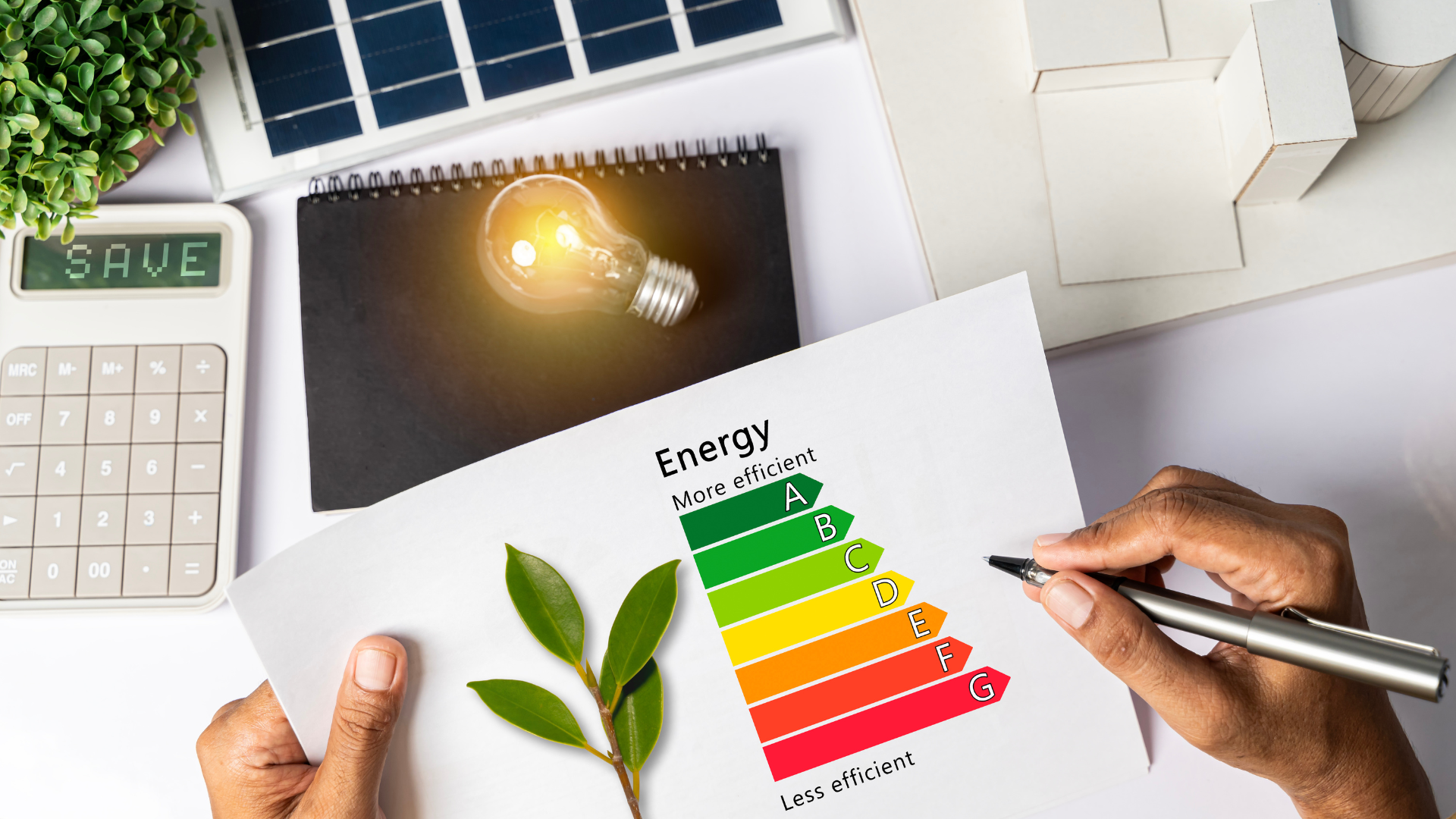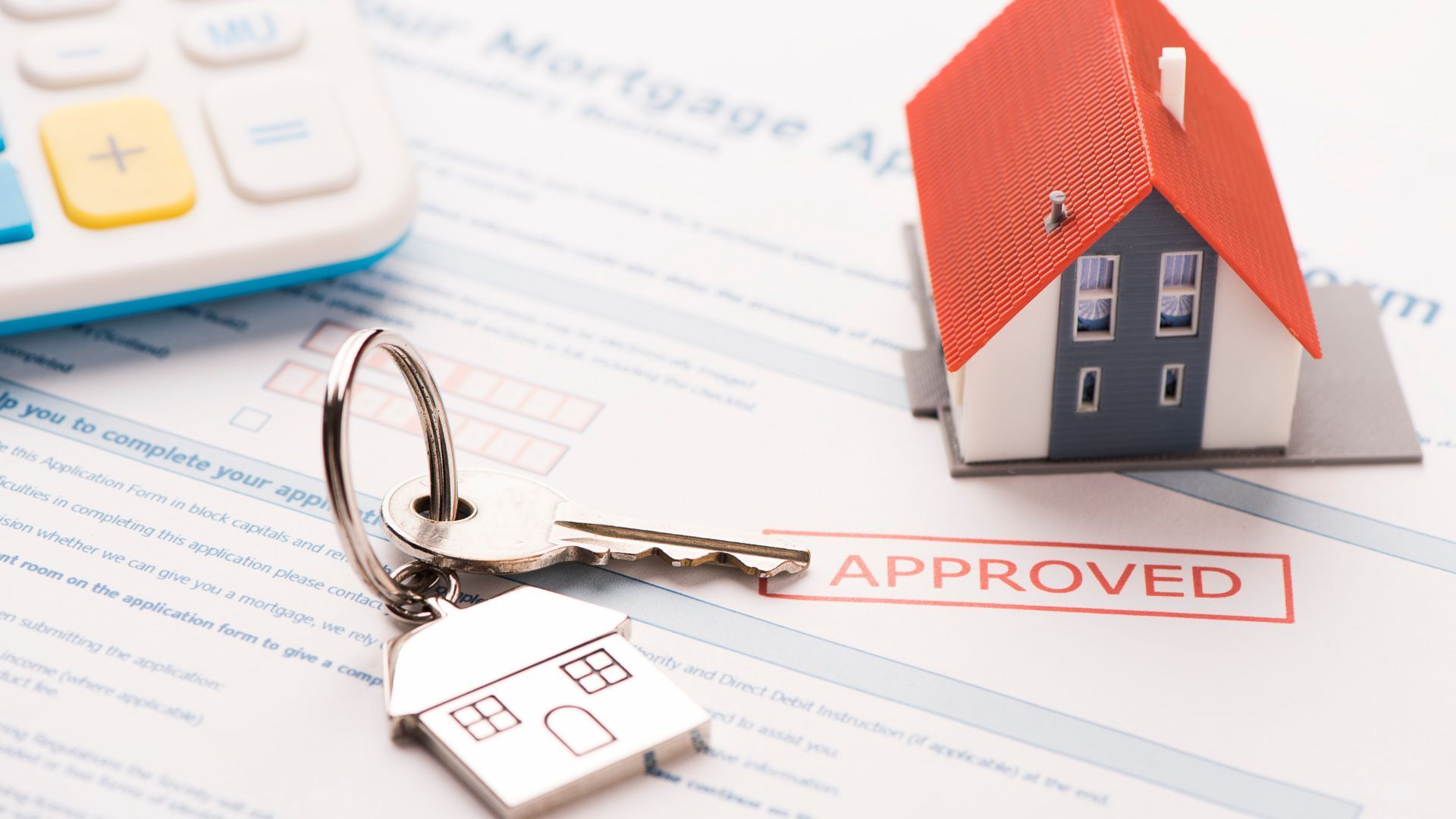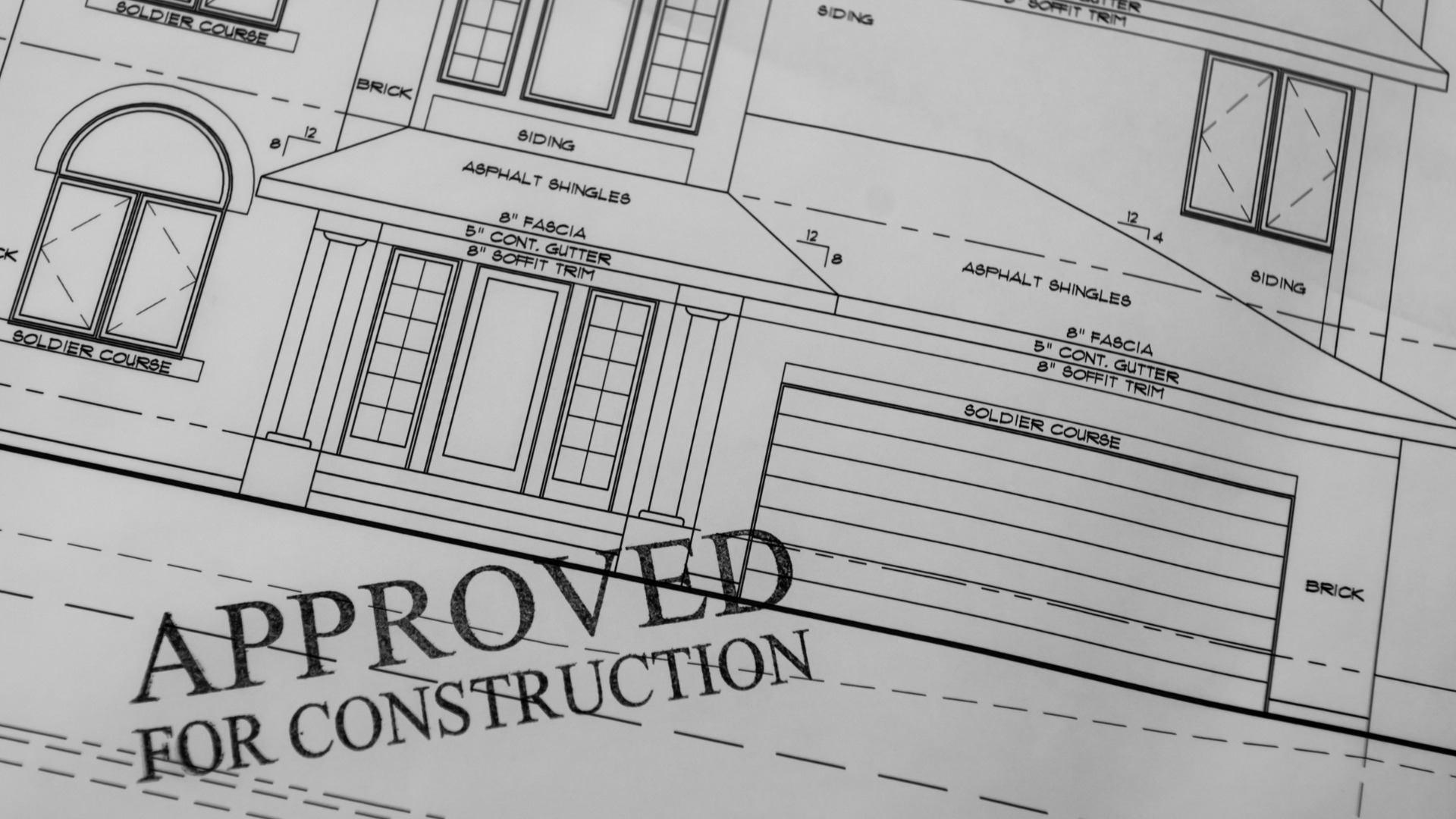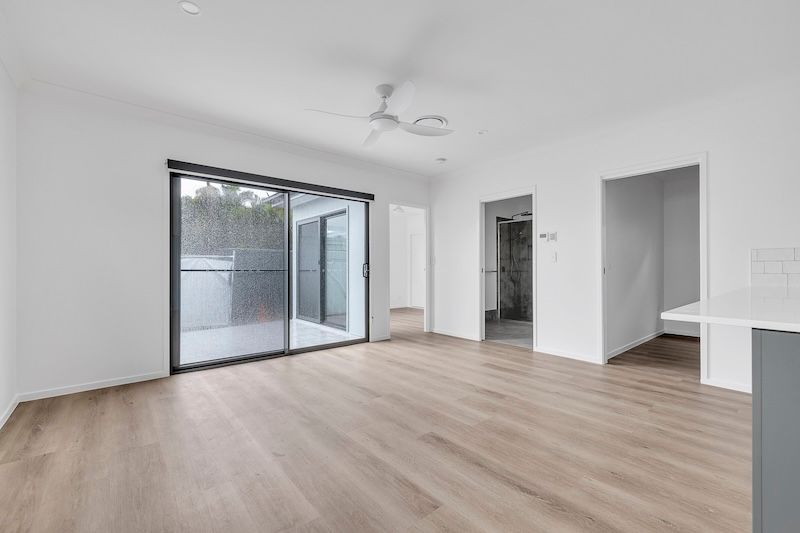The new Australian Construction rules and regulations and how they impact you.
May 13, 2024
The final stages of NCC 2022 implementation.
Amidst the evolving Australian residential building and construction industry, a significant shift was introduced this month by the National Construction Code (NCC 2022) that include major changes with a renewed focus on sustainability and accessibility modifications of buildings nationwide.
As a governing body under the Australian Building Code Board, the NCC 2022 assists in guiding those involved in the building, designing, and surveying of buildings across the country ensuing the safety, sustainability and accessibility through structural integrity and energy efficiency are met accordingly for the betterment of new builds in Australia.
How the changes impact you:
The revised changes are diverse and impact various areas of construction, ranging from waterproofing to plumbing, fire safety, and building materials. The restructure that took effect by the NCC 1 May 2024, emphasise a renewed focus on enhancing energy efficiency and accessibility. The adjustments strive to create more inclusive and sustainable spaces and are aimed to protect and to meet the evolving needs, health, and safety of Australians nationwide.
The NCC procedures put in place on 1 May 2024;
Energy efficiency: A concentrated significance has been applied for energy and sustainability including the design and construction of new builds and extensions to enhance the economic impact within the home. Installation of energy efficient features including ceiling fans and hot water systems, insulation and water tanks set a goal to have all homes at a 7-star energy rating for the building shell and major appliances. These changes are considered to save on the overall running costs of the home, while also contributing to a greener and more sustainable future, a key pillar that the NCC has homed in on with the introduction of the newest regulations.
Accessibility: A focus on accessibility was another crucial aspect and incorporates wider hallways and ramped access from the car space to a minimum of one entryway, a condition that can be challenging for granny flat builds due to the need to use pre-existing access and structures.
With close to 1 million people in Queensland living with a disability, the necessity to address mobility needs was imperative. This coupled with the Australia’s aging population, prioritized the requirements to introduce minimum accessibility standards for buildings to accommodate all persons no matter what stage of life, or the challenges they face.
While navigating the reforms may seem overwhelming, expert guidance is at hand. At BCC Homes, we are here to decode the jargon and guide you through the building process. Our knowledgeable and informed team are here to help you build your dream home in an unfamiliar landscape, ensuring compliance with the latest regulations are met ensuring a smooth process from start to finish.
To start the process or to get more information, contact Krystle and Sam at sales@bcchomes.au today and let’s work together to make your dream a reality.
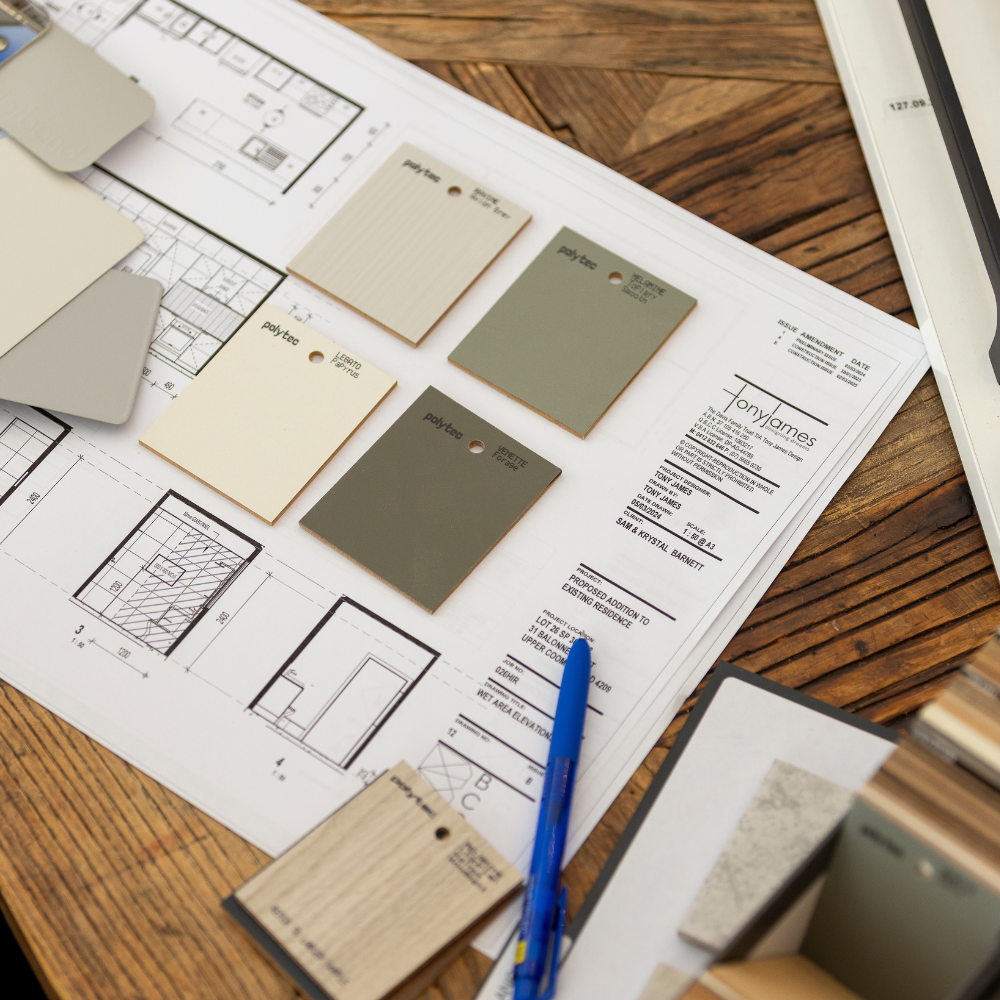
If you've started collecting quotes for your Granny Flat, you've probably noticed prices can vary by tens of thousands of dollars. So how do you know which quote represents the best value? Here's the thing: not all quotes are built the same way. Two builders can quote the same project, but what they include can be completely different. Understanding these differences is the key to making a confident, informed decision. Let's break down what to look for. 1. Ask for a Detailed Inclusions List Some builders quote only the basic structure, while others include everything from design and approvals to quality finishes and fixtures. The difference can be significant – sometimes $20,000–$40,000 worth of items. Always ask for a detailed inclusions list so you can see exactly what's covered. If something isn't written down, make sure to ask about it. The more detail you have upfront, the easier it is to compare your options fairly. Tip: If something isn’t listed, it’s probably not included. 2. Understand Your Site Conditions Every site is unique. A flat, easily accessible block will have different requirements than one that's sloped or has access challenges. Generic quotes based on "typical conditions" might not reflect your actual situation. At BCC Homes, we never offer a fixed-price quote until Sam has assessed your site. This way, you get an accurate number based on your specific property – giving you confidence in the price from day one. 3. Clarify What's Included in Design and Approvals Some builders charge separately for design work, plan revisions, and approvals, while others include these as part of the process. At BCC Homes, we include design and approvals with 3 plan revisions built in. Understanding what's covered here not only saves you time and potential surprises later but also helps you budget accurately and ensures your design will meet all council, energy efficiency, and bushfire requirements before construction begins. 4. Look at the Builder's Track Record Beyond price, consider the builder's communication style, reviews, and completed projects. A builder who's clear and transparent during the quoting process will give you confidence throughout the entire build. Look for someone who answers your questions thoroughly and helps you understand what to expect. At BCC Homes, we’re happy to walk you through our inclusions and help you compare your quotes line by line, so you know exactly what you’re getting. The Bottom Line The goal isn't necessarily to find the cheapest quote – it's to find the best value. That means working with a builder who's transparent, includes everything you need from the start, and helps you understand every step of the process - no hidden extras, no guesswork. At BCC Homes, we're here to help you understand your quotes and make informed decisions. We're happy to walk you through our inclusions line by line, so you can compare your options with confidence. Ready for your quote? Book in a call and let's see how we can turn your dream into a reality. Link

